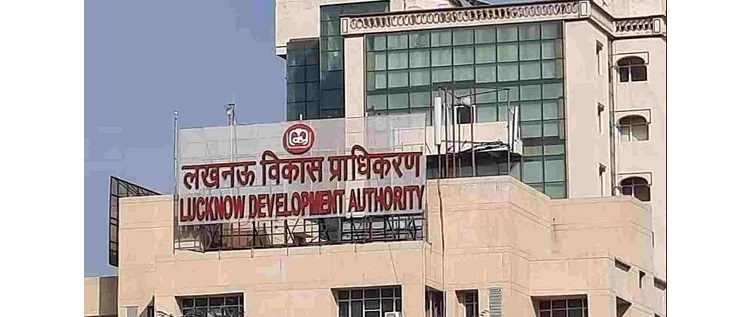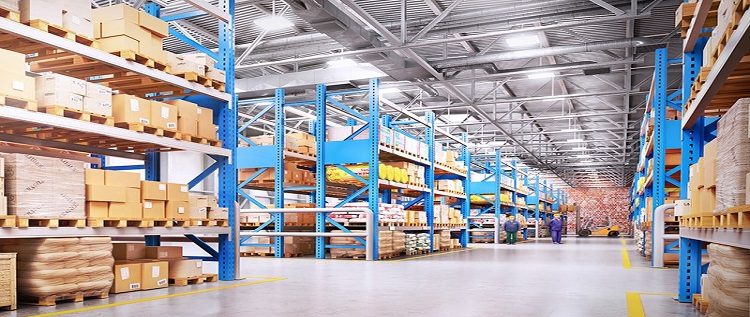E - PAPER
Warehouse Inventory to Shoot Past 380 Million Sq Ft By 2024
With increased activity in sectors like e-commerce and 3PL/logistics, the warehouse inventory in the country is expected to reach over 380 million sq ft by 2024, according to JLL. About 27 million sq ft of warehousing stock was added in first nine months (January-September) of 2021, bringing the tot
 BY
Realty Plus
BY
Realty Plus
Published - Monday, 29 Nov, 2021

With increased activity in sectors like e-commerce and 3PL/logistics, the warehouse inventory in the country is expected to reach over 380 million sq ft by 2024, according to JLL. About 27 million sq ft of warehousing stock was added in first nine months (January-September) of 2021, bringing the total stock to 265 million sq ft in 2021. The total stock of Grade A and B warehousing space in the top eight cities posted a CAGR of 16 percent from 2018 to YTD 2021 (till Q3, 2021), it said.
“Growth in the supply of Grade-A spaces over the years is due to high demand for spaces with high specifications, citing increased inclination for high-grade structures and introduction of new players in the market,” said Yogesh Shevade, Head of Logistics and Industrial, India, JLL. According to him, the Indian market has now firmly established itself for a more predominant position in Grade-A space as opposed to Grade-B space.
Net absorption was impacted in 2020 but it started recovering in 2021, especially the Grade-A segment, from 56 percent to 73 percent, riding on high demand for quality spaces, complying with the COVID-19 norms. As per the findings of JLL Logistics & Industrial, warehouse Gross Absorption in YTD 2021 (till Q3) stands at 26.6 million sq ft which includes net absorption of 19.7 million sq ft as well as instances of churning and renewals.
The research suggests that of the total absorption of YTD 2021 (till Q3), more than half the share is taken up by 3PL/Logistics and e-commerce (55 percent), due to a shift in consumer behaviour towards online shopping (including online grocery shopping) during the pandemic. There has been a continuous flow of investments in the sector from institutional funds and private equity investors despite the economic headwinds due to the COVID-19 pandemic. Ongoing structural changes to asset allocations and operations of logistics real estate and supply chain networks have accelerated investment into the sector. Strong underlying market fundamentals, with emerging trends, underpins a strong outlook for the sector.
RELATED STORY VIEW MORE
TOP STORY VIEW MORE

Mixed Outlook for Australia's Housing Sector In 2024
Mixed Outlook for Australia's Housing Sector In 2024
05 December, 2024NEWS LETTER
Subscribe for our news letter
E - PAPER
-

CURRENT MONTH 
LAST MONTH














